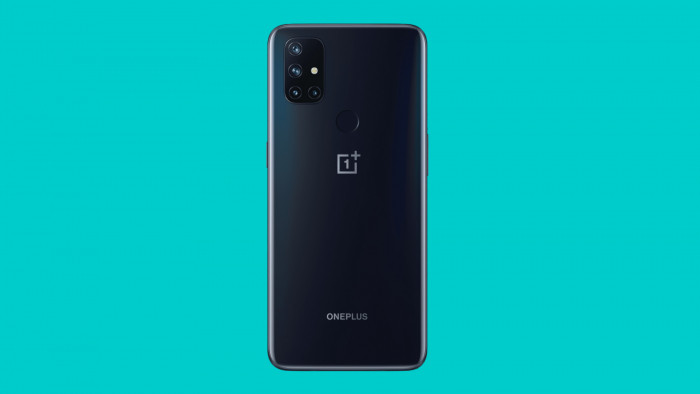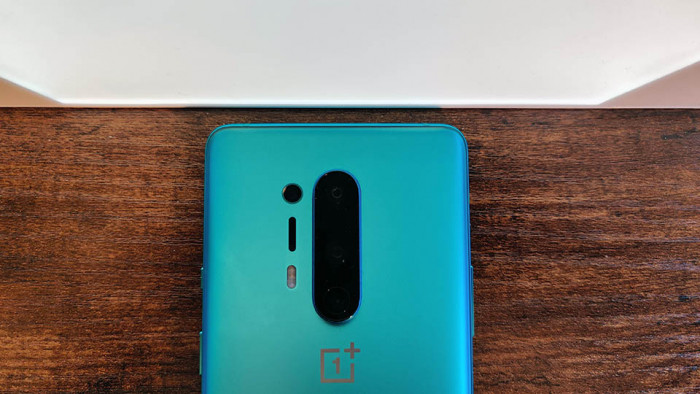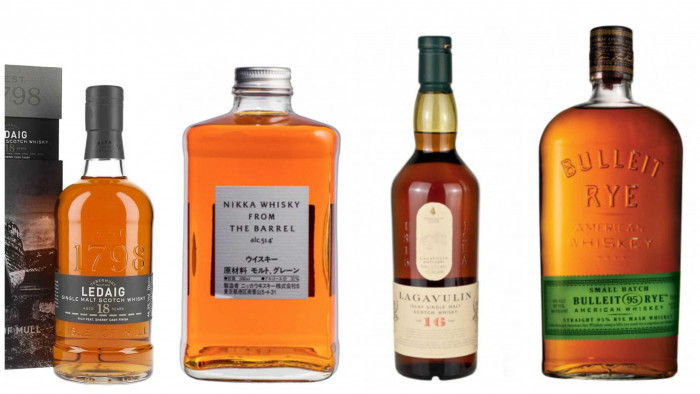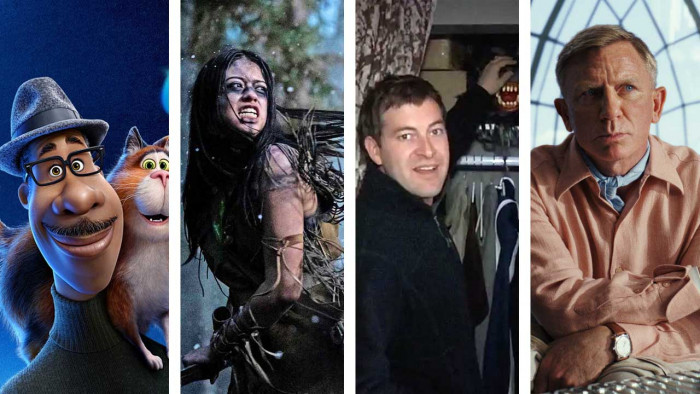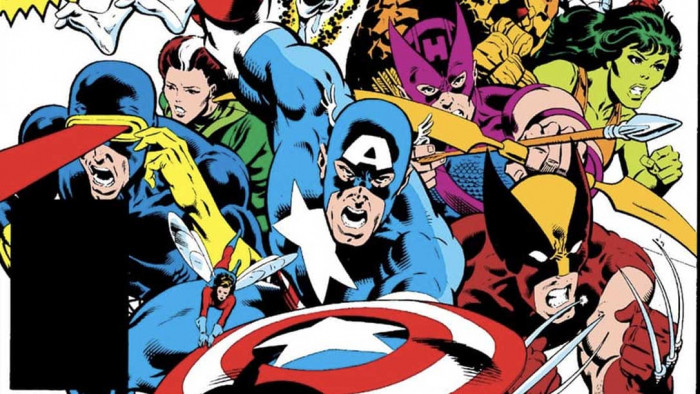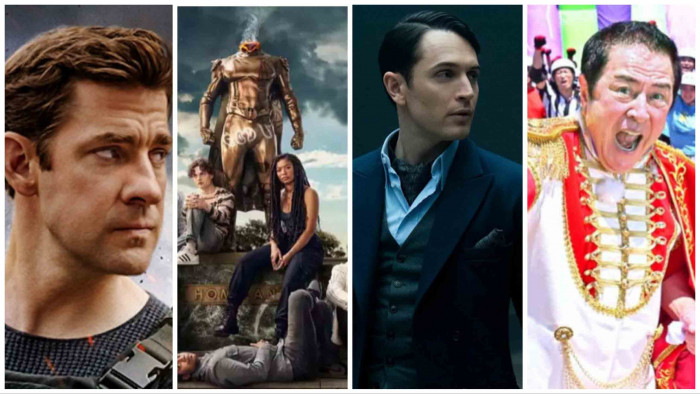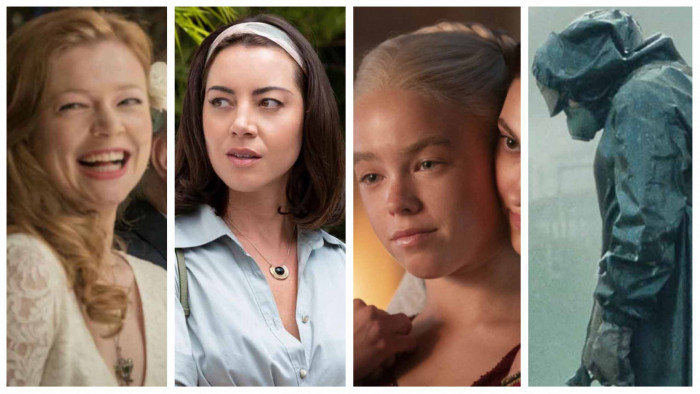Tale of the tape: England '96 VS England '16
Comparing the iconic Euro 96 team against the current crop of English hopefuls


England’s Euro '96 squad might just be the greatest crop of players that this country has ever produced. It had creativity. It had steel. It had passion and panache. It had sh*t haircuts, stupid celebrations and Gazza’s double-chin. It had everything.
As the team progressed and the sound of Three Lions fizzed from every radio in the land, a nation of pessimists started to believe for the first time in decades. England ultimately suffered defeat at the hands of Germany, but that iconic campaign is still eulogised over twenty years later.
The question is: how do they compare to our current squad, who are looking to go a few steps further than their nineties forefathers? We'll let you decide...
(Disclaimer: We've organised the teams into a 4-4-2 for ease of comparison, and we've gone and picked Roy Hodgson's first eleven for him as well - which is nice of us, isn't it?)

GOALKEEPER: David Seaman (aged 32) VS Joe Hart (age 29)
It might surprise you to know that pre-Euro 96, dependable Dave wasn’t the undisputed first choice for Queen and country. He was, however, a long-running moustachioed mainstay in Arsenal's famously solid defence. He ended up playing every minute of Euro 96, saving two penalties and earning a place in the UEFA “Team of the Tournament” (as well as being named “Player of the Tournament” by Euro 96 sponsors Philips.) All that while wearing a kit that looked like a Ceefax-induced seizure dream.
Big gloves to fill, then - but if anyone can give it a go it’s Joe Hart. Despite a less than vintage year for Man City, he’s still the best keeper on England’s books by a country mile (although Fraser Forster would surely strike more fear into opposition strikers). Domestic troubles and well-documented dandruff issues apart, there’s still a good chance he could take a Seaman-esque step-up as he embarks upon his prime years.

RIGHT-BACK: Gary Neville (aged 21) VS Kyle Walker (age 26)
The youngest guy in the squad, Gary Neville played in every match until suspension saw him miss the semi-finals against Germany. He looked kind of different back then - as if Jake Bugg had been trampled and stretched by a tractor - but he was still the same old Gary: confident, assured and understated. He soon proved himself to be the best English right-back of a generation, and Roy Hodgson will be looking to imprint Neville’s disciplined playing style on his fast-paced, wing-hugging fullbacks.
On last season’s evidence, Hodgson shouldn’t worry too much. Kyle Walker has been in top form for Tottenham, finally matching his blistering pace with mature defensive focus. Walker will also be vying for a place with Liverpool’s Nathaniel Clyne, so he’ll be determined to get off to a flying start. Anyway, those who remember Danny Mills’ selection against Brazil in 2002 will know that things could be a lot worse.

LEFT-BACK: Stuart Pearce (aged 33) VS Ryan Bertrand (age 26)
Only in the team because of Graeme Le Saux’s broken leg, Stuart ‘Psycho’ Pearce’s Euro 96 journey is best encapsulated by his roaring celebration against Spain (the one where it looks like he’s going to nut everyone in the stadium, ball boys included). Passionate and hard-tackling, the 33 year-old had a big point to prove. Six years earlier, his penalty miss had lost England a World Cup semi-final against West Germany, and his “world collapsed”. He was desperate to carve a better legacy out of Euro 96.
England could do with that kind of lionhearted desire next week - but when it comes to pure defensive skill, Ryan Bertrand is more than his measure. An assured left-back whose Premier League performances just keep getting better and better, he’ll be fighting it out with Tottenham’s Danny Rose for a place in the line-up (we think Bertrand will edge it, purely on experience.) He’s been crucial to Southampton’s resolute defence, and even pitched in as a third centreback for a number of games this season. Despite only playing two competitive matches for England, the former Chelsea man should be a solid first team choice.

CENTRE-BACK: Gareth Southgate (aged 25) VS Chris Smalling (age 26)
The man who missed his penalty. Southgate might look back at Euro 96 with regret and disappointment, but a poor spot-kick shouldn’t totally overshadow his sterling performances throughout the tournament. Southgate hadn’t played a competitive game for England prior to the Euros, but went on to form a strong partnership with Adams in the backline. In any case, he quickly overcame his post-tournament torment...
Southgate stayed in the England set-up long enough to become the manager of England under-21s in 2013, but that was too late to get a closer look at Chris Smalling. Roy Hodgson has been a fan of the Man Utd player ever since their days at Fulham, and the lanky defender has come on leaps and bounds in recent seasons. His performances earned him second place in the club’s Player of the Year awards (behind Martial), and he’ll likely beat out young John Stones for a place in the first team line-up. Speedy and astute, Smalling should lend some calm to an internationally inexperienced defence.

CENTRE-BACK: Tony Adams (Captain, aged 30) VS Gary Cahill (age 30)
Inheriting the captaincy from an aging David Platt, Tony Adams finally got his chance to lead England into a major competition. His well-documented alcohol problems meant that he’d been left out of the 1990 World Cup squad, but a fine domestic season cemented Adams as first choice centre-back for new manager Terry Venables. The Gunners legend was totemic at the back, leading England to concede only 3 goals. With John Terry long gone, it’s hard to see where that kind of leadership and dependability is going to come from.
It should, in theory, be Gary Cahill – but things haven’t quite worked out for him recently. A Premier League winning stand-out one season, a mid-table also-ran the next, Cahill’s erratic exploits don’t inspire total confidence. It’s fair to say that John Terry’s drop in form had a profound effect on his defensive partner, and there were times this season that his long-cemented England place looked under threat. The towering 30 year-old also started all three matches of England’s disastrous World Cup 2014 campaign, but he’s certainly got the ability to step up. We’ll have to see.

MIDFIELD: Paul Ince (age 29) VS Eric Dier (age 22)
Nicknamed “Gazza’s Minder”, Ince’s role was to create room for Paul Gascoigne to push forward and perform his Geordie wizardry. He missed the quarter final against Spain due to suspension, but he returned to the team as part of a three-man central midfield against Germany. After the match went to penalties, Ince’s decision to not take a spot kick (as well as turn his back on the shoot-out) was criticised by the press, especially after he hailed the return of “the footballing bulldog breed of old England”, likening himself to a “Patriot missile”.
England’s latest midfield terrier might be less bombastic than Ince, but he’s no less effective on the pitch. Born in the spa town of Cheltenham, Dier moved to Portugal at the age of 10 and joined the ranks of Sporting Lisbon, before returning to England two years ago with Tottenham. His recent switch from fullback to defensive midfielder has paid huge dividends, leading him to become one of the break-out stars of the last campaign. Young, positionally disciplined and hard-working, there’s no reason Dier can’t take his exemplary form into the Euros.

MIDFIELD: Steve McManaman (aged 24) VS Jack Wilshere (age 24)
McManaman was the word on everyone’s lips leading up to the Euros, and not just because his name is really fun to say. He’d just blown the league away with his Ozil-esque assist rate, and repulsed the nation with his infamous cream cup final suit. He combined the worst elements of British laddism with the finest aspects of cultured continental football: journalists cooed over his pinpoint passes, deft dribbles and patient play, and squawked over his hedonistic, lager-swilling lifestyle. Not that the late nights seemed to affect his ability on the pitch: stand-out performances in the Euros earned praise from Pele, who labelled him as “one of the best players in Europe".
Wilshere inspired similar accolades at an early age, but years of injury have dampened the hype. He’s only appeared 3 times in the league this season due to a broken fibula, and yet has still displaced Premier League winner Danny Drinkwater in the squad. It’s a surprising choice by Roy Hodgson, and puts a lot of pressure on an off-the-pace Wilshere to perform. He’s never shied away from that kind of burden, but the simple truth is he might not be ready.

MIDFIELD: Darren Anderton (aged 24) VS Jordan Henderson (age 25)
Even at the age of 24, Anderton possessed the tightly clenched skin of an aging celeb with a plastic surgery addiction. That wasn’t the only Hollywood aspect of Darren Anderton, however – he was also capable of incredible long range efforts. His career was wracked with injuries (earning him the nickname ‘Sicknote’), but he played nearly every minute of Euro 96. He almost put England through to the final, too, narrowly missing a Golden Goal against semi-finalists Germany.
His modern equivalent is probably Jordan Henderson who, despite a poor season for Liverpool and niggling injury problems, still remains a favourite of boss Roy Hodgson. Full of energy and adept at set plays, England will hope that he keeps things ticking over as his squad mates commit themselves forward. Bonus fact: his personal hygiene is impeccable.

MIDFIELD: Paul Gascoigne (aged 28) VS Wayne Rooney (age 30)
The British tabloids couldn’t believe their luck when photos emerged of Gazza guzzling bottles of tequila with his England team mates, splayed out on a dentist’s chair in a Chinese bar. The booze-drenched squad were castigated for potentially ruining their Euro preparation, and Gazza bore the brunt of the national outcry.
Fast forward one month, and the Geordie maestro finds himself running on to Darren Anderton’s ball outside the Scotland penalty area. With one deft flick, Gascoigne loops the ball over a befuddled and hopeless Colin Hendry. Effortlessly, intuitively, he volleys it into Scotland’s net - before sprawling onto the grass and receiving the dentist’s treatment once again (albeit with Lucozade this time). Everything was well and truly forgiven.
He went on to miss an important chance against Germany in the latter stages, but Gascoigne still provided England’s run with its most defining moments. It was to be his last international campaign (he was caught eating kebabs with Chris Evans a week before Glenn Hoddle’s 1998 World Cup squad selection), and England soon came to miss his effervescent presence.
That was, until a young Wayne Rooney entered the scene. The scowling scouser earned drooling comparisons with the Tyneside legend, and game-winning displays at Euro 2004 fueled that fire of hope. Since then, Rooney has failed to take England to the next level. The nation’s top scorer he may be, but Rooney has all too often let his country down when it needed him most. Will the absence of Louis Van Gaal’s muzzling tactics inspire Rooney to perform to his fullest potential? We’ll have to wait see.

STRIKER: Teddy Sheringham (aged 30) VS Jamie Vardy (age 29)
Despite only making his international debut at 27, and sharing the England roster with a golden generation of strikers including Ian Wright, Andy Cole and Robbie Fowler, manager Terry Venables opted for trusty Teddy up front. His controversial decision was vindicated; Tottenham’s fabled son formed a lethal partnership with Alan Shearer (the pair would soon became known as the ‘SAS’ amongst British tabloids), netting twice against the heavily favoured Netherlands.
Jamie Vardy was late to the England set-up too, but that’s just about where the comparisons end. Whereas Sheringham had been a reliable (if unremarkable) top division striker for half a decade, Vardy was the biggest surprise package to hit the Premier League since… well, ever. He may turn out to be a one season wonder, but Vardy’s electric pace, unerring finishing and blockbuster backstory have injected dangerous levels of belief into even the most pessimistic of England fans. If supporters are denied a front two of Kane and Vardy, there’ll be riots in the streets.

STRIKER: Alan Shearer (aged 25) VS Harry Kane (age 22)
Shearer started the competition with some less than impressive England stats: zero goals in the last 12 games, and five in 23 overall. He’d just finished as top scorer in the Premier League with 31 goals for Blackburn, but supporters were starting to question if he could carry his form onto the international stage.
Needless to say, he finished the competition as top scorer, netting in every match but one (against Spain, but he still scored the first penalty in the shoot-out). Alongside Seaman and McManaman, he made the ‘Team of the Tournament’, and soon earned a big money move to Newcastle. At 25 years-old, the England 96 squad possessed one of the nation’s greatest ever strikers in his net-busting prime. Which begs the question: does our 2016 team possess enough firepower to see us through?
Step forward Harry Kane. The young pretender to Shearer’s tufted crown, Tottenham’s young striker has established himself as one of England’s most prolific striking talents since Michael Owen. He shares Shearer’s will to win and combative style, and is certainly England’s main outlet as they set their team up for all-out attack.
